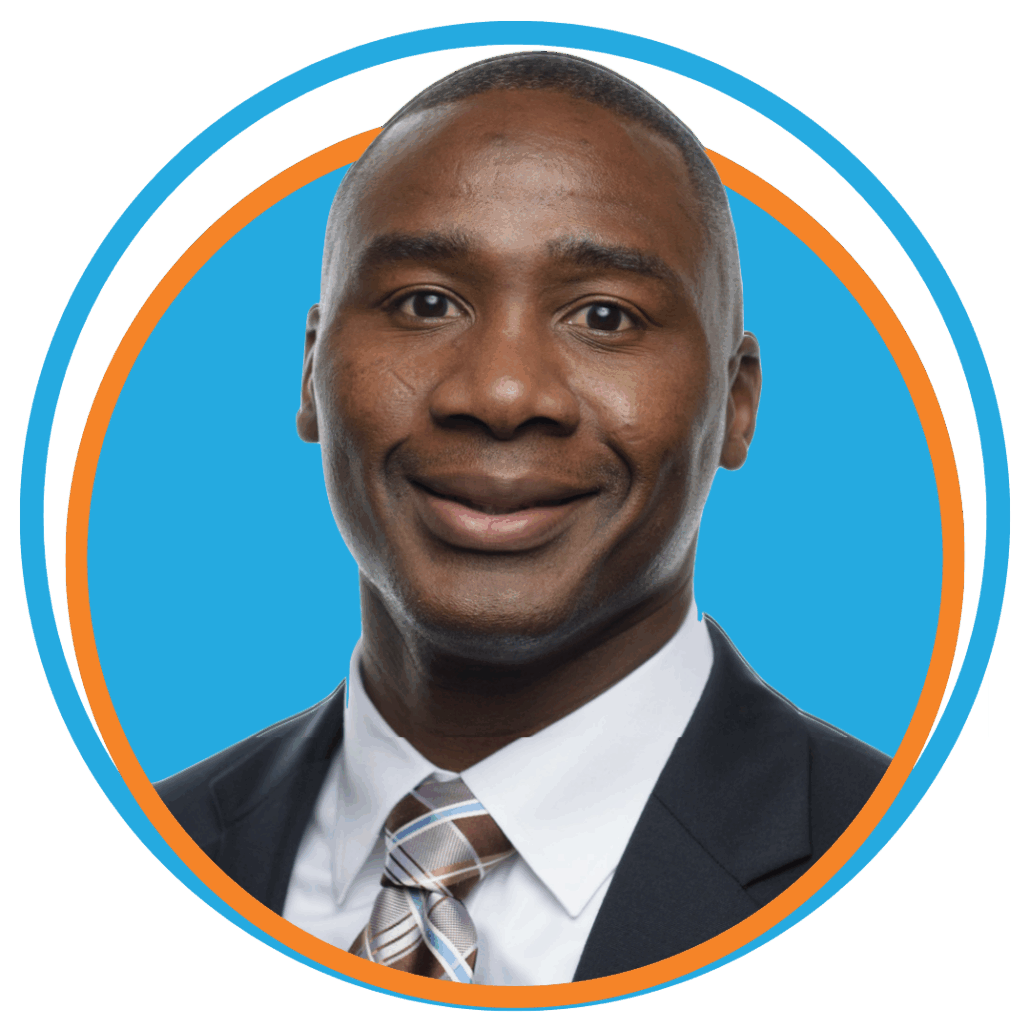[et_pb_section fb_built=”1″ _builder_version=”4.21.2″ custom_padding=”20px||20px||true|false” global_colors_info=”{}”][et_pb_row _builder_version=”4.16″ background_size=”initial” background_position=”top_left” background_repeat=”repeat” global_colors_info=”{}”][et_pb_column type=”4_4″ _builder_version=”4.16″ custom_padding=”|||” global_colors_info=”{}” custom_padding__hover=”|||”][et_pb_image src=”https://thelearnwellprojects.com/wp-content/uploads/2020/03/Meta_Learner_Profiles_white.png” title_text=”Meta_Learner_Profiles_white” show_in_lightbox=”on” _builder_version=”4.21.2″ _module_preset=”default” custom_margin=”||5px||false|false” global_colors_info=”{}”][/et_pb_image][et_pb_text _builder_version=”4.21.2″ _module_preset=”default” text_font=”|700|||||||” text_font_size=”16px” text_orientation=”center” global_colors_info=”{}”]
-Click image to enlarge-
[/et_pb_text][et_pb_text _builder_version=”4.21.2″ _module_preset=”default” link_font=”|700|||on||||” link_text_color=”#215921″ global_colors_info=”{}”]
In the current environment of hyper-segmentation, it can seem impossible for instructors and learning center professionals to know what college students need to succeed. We seem infatuated with sub-dividing students into increasingly smaller and smaller cohorts. This myopic perspective blinds us from seeing the commonalities among students, and prevents us from finding solutions that stretch across academic disciplines or tasks.
Our overanalysis has produced uncertainty, not solutions. Should I teach to their learning style? Should I make them adapt to mine? Should we offer tutoring or academic coaching? Should I flip my classroom? Or maybe everyone in my department should learn different instructional styles and then teach according to them, so we can see which one gets the best results. These are real questions I’ve received while conducting workshops at various conferences and schools.
The inquiries show that educators are willing to change to improve student learning and performance. But does student success have to be so hard?
In Learning to Teach in Higher Education, prolific researcher and author Paul Ramsden admonishes us, “to become a good teacher, first understand your students’ experiences of learning.” If educators – those who work with students inside the classroom and those who work with them outside the classroom – understood how their students experienced learning, then student success would be simpler and more rewarding for all.
So, what must we understand about how students experience learning?
We need to realize that students’ academic work is guided by one of three metacognitive mental models. These mental guides are the cognitive infrastructure students use for learning. They greatly influence students’ levels of success and satisfaction, and determine if students will academically dive, merely survive, or thrive in college.
Academic Thrivers possess robust infrastructure that allows them to learn better and faster. Research shows that these learners work less than Academic Stivers, yet they receive better grades. We all know those learners who excel in just about every course they take – the learners who make us feel guilty for making them pay tuition, which is why they tend to get the lion’s share of academic scholarships. Only about 10% of students on most campuses could be classified as Academic Thrivers.
Let’s travel to the other extreme of the academic spectrum.
Academic Divers have very little academic infrastructure. They seem unconcerned about learning and don’t appear to be at all bothered by low performance. These are the students who make us feel underpaid. Academic Divers attract the most attention from academic support networks. They represent about 10% of students on most campuses, though the strain they put on us makes their population feel much larger. The good news is that if Divers get the correct assistance and are willing to put in the work, they can become Strivers.
Academic Strivers have enough infrastructure in place to get by but not enough to get beyond. Strivers typically are missing some critical aspect of their cognitive infrastructure. They may have strong work ethics but lack direction for their labor. They may possess lots of content knowledge but are unable to effectively use their cognitive skills. Approximately 80% of the college population can be classified as Academic Strivers, yet unlike the other two groups, they receive very little attention.
In fact, they are regularly misdiagnosed because their aptitude and attitude resemble Thrivers, but their performance may be more aligned with Divers.
You can recognize Strivers in class as the students who appear completely destroyed when they underperform. You can identify them outside of class as the students who prefer to have a tutor on retainer or who want every type of assistance they can obtain.
Academic Strivers are the most effortful students, and with the proper approach, Strivers can quickly become Thrivers.
[/et_pb_text][et_pb_text _builder_version=”4.21.2″ _module_preset=”default” text_font=”|700||on|||||” text_text_color=”#215921″ text_font_size=”20px” custom_margin=”||20px||false|false” global_colors_info=”{}”]In A Nutshell[/et_pb_text][et_pb_text _builder_version=”4.21.2″ _module_preset=”default” global_colors_info=”{}”]
If you want to achieve greater and more equitable student success, don’t overly segment students. Follow Dr. Ramsden’s sage advice and know how students experience learning at your institution. Then provide value to all students according to their profiles.
Are you working with Thrivers? If so, then help them further refine their conceptual skills. They will be rewarded in the workplace. If you encounter Strivers, then teach them to add their cognitive and conceptual skills to their content-learning skills and strong work ethics. They will be immediately rewarded in the classroom. If you are tired of being drained by Divers, then show them the path from low performance to good results. They will be rewarded in time and may receive the greatest rewards in the long run.
In the next article, I’ll explain why Divers may win in the end.
What profile of students do you see in your daily experiences? If you are a student, where do you see yourself? If you are a parent, how do you place your child? Please share your thoughts in the comments section below, as I learn just as much from you as you do from me.
[/et_pb_text][/et_pb_column][/et_pb_row][/et_pb_section]


1 comment
Lynn Schmitz
Thanks! Thought-provoking. I plan to use the information in tutor training. We see mostly Survivors and work with them on ways to make their study more efficient and meaningful. Our peer tutors are often Survivors who came to tutoring and are developing into Thrivers. They can relate well to other Survivors and some Divers. The peer interaction is fascinating and so valuable to student success.